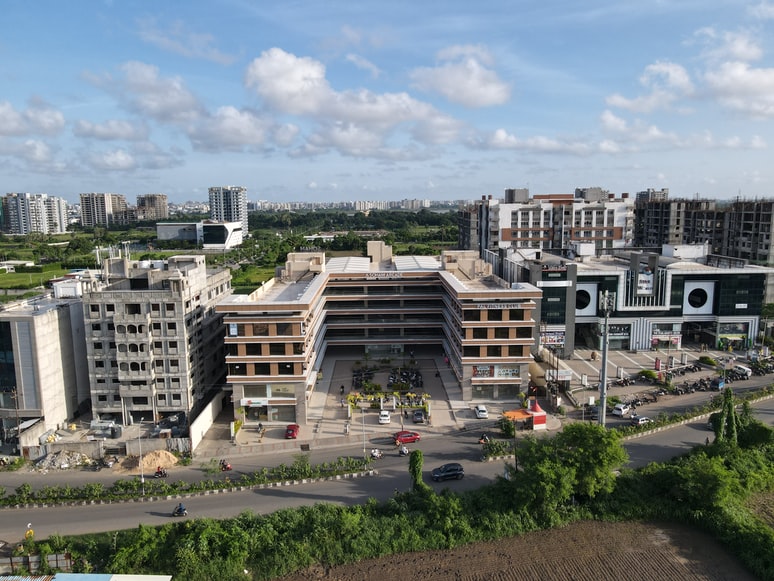If you’re planning to move from your existing property and conduct your business in a new space, you may be plagued with the dilemma of whether to purchase or rent out the new place. The estimated development, income, and legal needs of your business ought to be considered when you take this decision.
Buying a property will help you in saving on the rental charges over a timespan and also gain from any rise in property prices but the initial financial need will be a lot more when compared to renting a unit.
When you look at the best commercial properties India, take the time out to compare the benefits of leasing a commercial space vs. buying a property:
Advantages of leasing a commercial space
Cash Flow: If you look at it completely from the outlook of cash flow, acquiring commercial space for rent is better when compared to buying it. If you’re relatively new to doing business then you might want to opt for leasing space as opposed to purchasing it. In the case of rental, your initial monetary outgo will be restricted to the security deposit and the first month’s rent. When it comes to purchasing, you will have to pay the entire price of the property, or at least, the down payment needed for a loan, which is usually quite high.
Maintenance of the Property: In numerous scenarios, the duty of maintaining the property falls on the landlord. If you don’t want to spend your time and money on periodic maintenance and wish to focus on your main business, then leasing may be a better choice. The costs connected to maintenance are lesser when it comes to Commercial space for lease India. If you buy the property, there could be expenditures related to taking care of the structural soundness of the building, apart from the day-to-day maintenance to repairs.
Pros of Buying a Commercial Property
Control over the Property: If you plan on revamping the property, then it’s necessary to have control over it. When you buy commercial space, it can help you to have flexible business hours or allow you to conduct your business in some other way as compared to how you were working on it initially.
Rise in Land Value: If you wish to shift to a location where land rates are surging and property prices are heading towards an upwards trajectory, then purchasing commercial property makes more sense. The worth of a property may go higher thanks to the improving physical and social infrastructure in the region, or better demographics.
Regardless of the reason, it would work better for you if you detect such trends early when the rates are not that high. If you buy a property in such a place, you can gain from any escalation in the value of the property, apart from saving on rental outgo.
In a nutshell, whether you choose to lease or buy commercial space, both the options have their pros and cons. At CRE Matrix, you will be able to take a look at several commercial properties and in-depth leasing data that can help you make a decision.
For more such exciting analysis and details on real estate, visit CRE Matrix.







